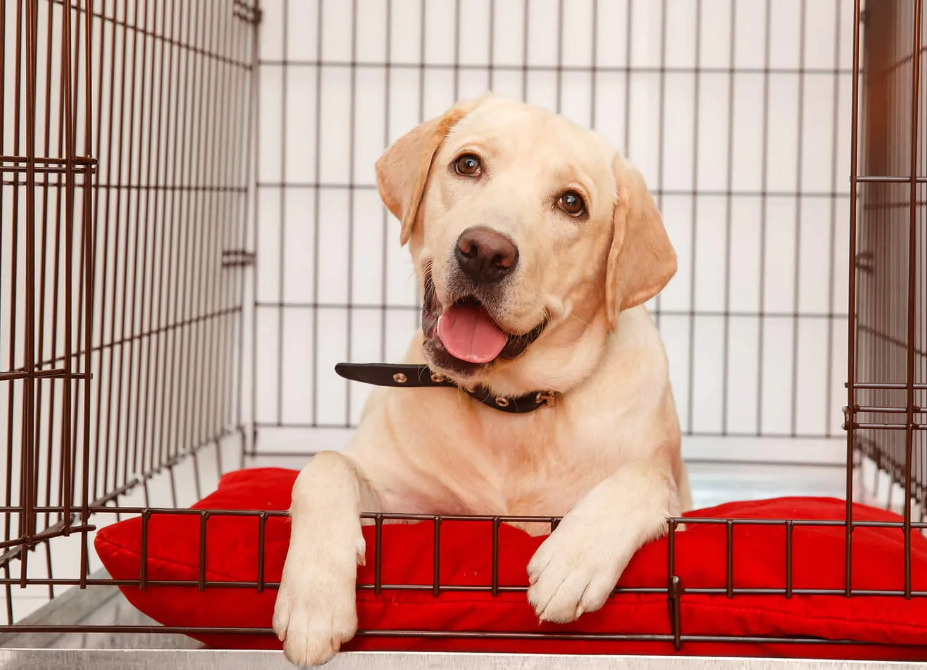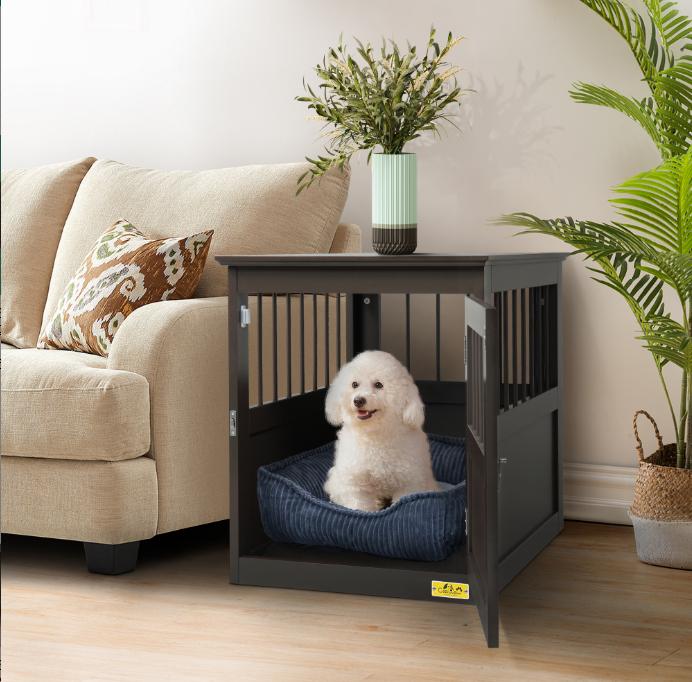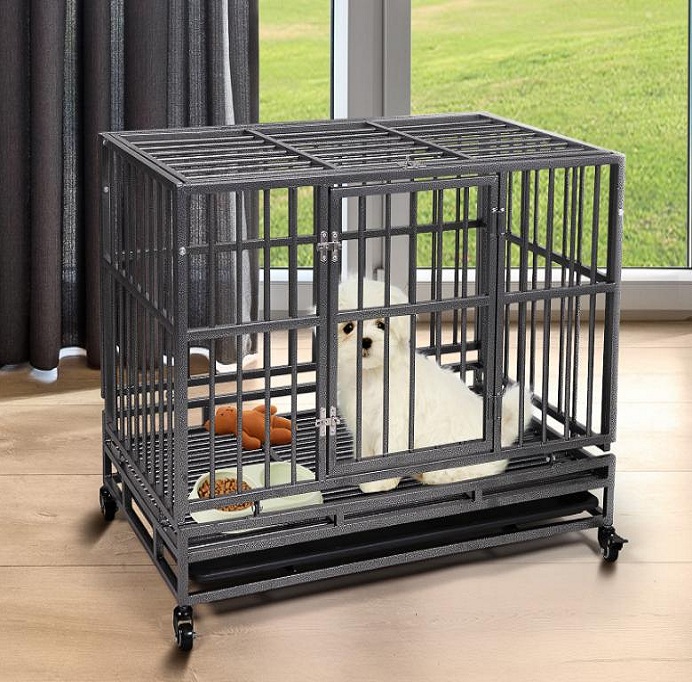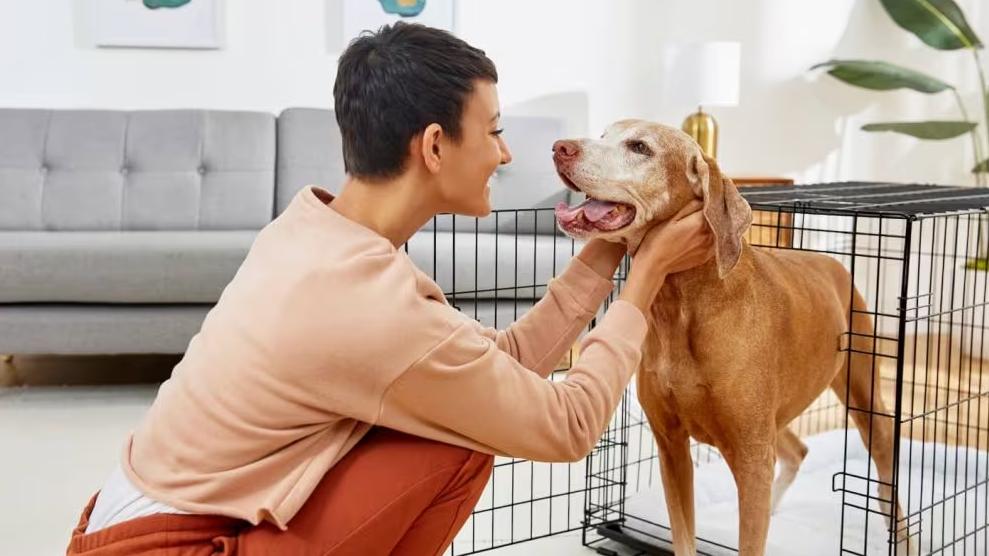
What is crate training?
Crate training is when you teach your dog to stay in its crate for some time and to make it its own cozy spot in your home. It uses your pup’s natural instinct to keep its sleeping area clean.
Benefits of crate train a dog
1.Give your dog a space of its own: Choose a crate that fits your dog well and slowly get your dog used to it. This will make the crate a comfortable refuge for your dog. Dogs usually prefer to sleep in secure places, so a crate can appeal to that natural desire to rest in a safe space.
2.Encourage potty training: Crate training is very helpful for house training, because most pups don’t want to mess up where they sleep. When you learn how to crate train a puppy, for example, you’re also learning an important part of their potty training process.
3.Keep your pup (and your stuff) safe: The key to raising a dog well is to keep an eye on it, especially when it is young. But most pet parents can’t be with their pup all the time. That’s where crate training comes in handy! Puppies tend to chew on anything they can find, but a crate helps to keep your curious pup away from your stuff when you can’t watch them.
4.Provide a Recovery Zone: There may be times when you need to limit your dog’s movement for their health, such as after an injury or surgery. Having a crate that they’re comfortable with will makes this task much easier.


Here are some tips for crate training a dog:

1.Introduce the crate gradually: Put the crate in a room where you spend a lot of time, and let your dog check it out by itself. You can also make the crate more attractive by putting treats and toys inside it.
2.Make the crate comfortable: Place a soft blanket or dog bed inside the crate to make it more cozy for your dog.
3.Start with short periods of confinement: Start by letting your dog stay in the crate for brief periods of time, and slowly increase the length as your dog gets more used to it.
4.Use the crate as a positive place: Make sure the crate is not a negative place for your dog, but a positive one where they can go to rest and relax.
5.Don’t leave your dog in the crate for too long: Don’t keep your dog in the crate for more than 2-4 hours at a time, whether it is a puppy or an adult. It’s important to let your dog go outside and exercise regularly.
6.A crate should be a place where your dog can rest in peace. Never let children go into the crate with your dog, even if your dog is very friendly and loving.